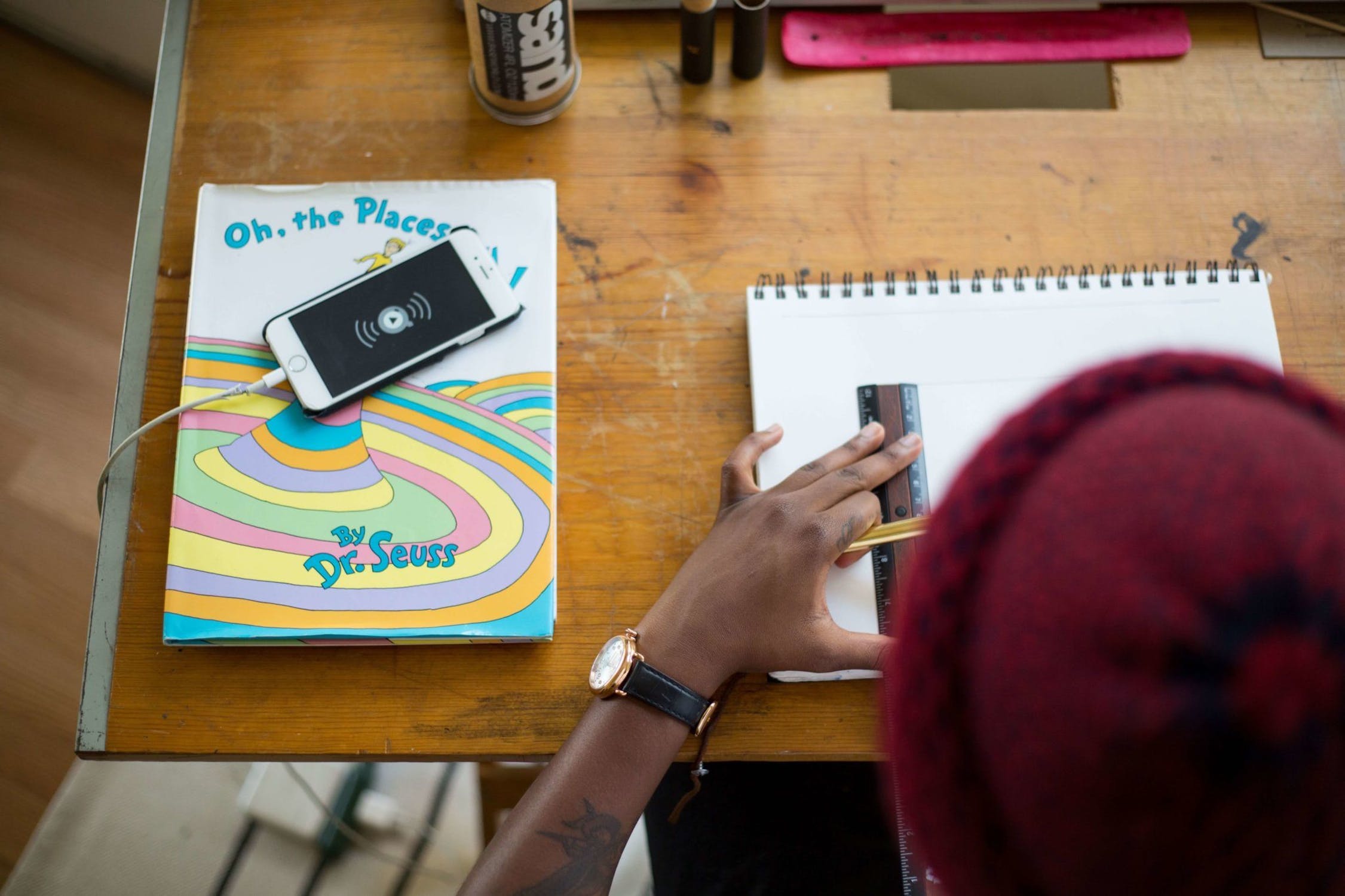Of course, you can argue with the details of this statement, but the essence is conveyed quite accurately.The film should evoke strong emotions in its viewer. Take, for example, a disaster movie. It seems there is nothing to laugh about, nothing to cry about, nothing to be afraid of, but when we are shown a huge meteorite falling to the Earth and a multi-million dollar city turning into dust, the spirit is captured with terrible force. Simply displaying casualty lists and statistics of damaged property will impress few, even if you say it’s all true. While the display of human suffering, destruction, pain and fear is a truly vivid experience, capable of lingering in the memory and making one feel a range of different feelings.
Vivid emotions that have “sunk” into the human soul invariably “surface” from the subconscious when a person sees things related to the moment or phenomenon in which those emotions were received. That is, if you really liked a movie, you’re bound to feel sympathy for the poster or T-shirt promoting it. All these things will be for your subconscious a source of those very “dainty” positive emotions, like those that brought you the film itself. That’s why after the acclaimed movies a mountain of toys, posters, caps and other souvenir junk is released. In this case, people are not buying things, but emotions.
It’s the same with advertising. It is everywhere, it floods everything and bored everyone, people are tired of it. These constant imposition of useless goods and services in everyone is already “in the throat. That’s why no matter what you say in your ads, people won’t believe it. They are hostile to all your arguments in advance and are not going to listen to them. The only way to break down this indestructible wall is to influence not the consciousness, but the subconscious. Don’t tell people, but show them. Appeal not to the mind, but to the emotions. If you are able through advertising to give people unforgettable emotions, the next time, choosing among similar products in the supermarket, people will choose yours. And not because he really is the most delicious and useful, but because looking at his package on the heart becomes a little warmer.
A vivid emotional response – a very powerful weapon that works in many areas. For example, in social advertising. There is no point in saying that drugs are dangerous to health; everyone knows this very well, and it hasn’t stopped anyone yet. There is no need to say or write anything. It’s better to make a more emotional video. Show a half-naked dystrophic, floundering flaccidly in the fetal position, lying in a pool of his own feces and already half rotten. You won’t be there when the teenager is offered a dose. But a negative emotional signal, on the other hand, will force the brain to think things over.
I hope I have demonstrated the importance of emotions, now the question arises: how a designer can reflect them in his work. I make a reservation that there are no ready-made recipes, this topic is really inexhaustible. The problem is that the perception of certain emotions depends on the subjective perception of the person. That is, each person in relation to each object or phenomenon is experiencing its own emotions. One after a horror movie at night does not sleep, then pouring under the blanket, and the other the entire movie and an hour later does not remember the content. In addition, the emotions themselves are not five, but a great many, so there are also many ways to influence them. However, something can be said for sure. As a rule, the simpler and clearer the image, the more specific it is, the easier the image is identified by the target audience and causes more unambiguous emotions. For example, the image of a beautiful, firm, voluminous breast of a young, pretty woman evokes, as a rule, only the brightest and most positive emotions in men. This example describes the impact through a specific image. In practice, the designer is not always able to use specific images, and often has to use abstract compositions. Nevertheless, there are small tricks here as well. For example, a composition composed of warm shades and smooth lines will cause more positive emotions than rough sharp angles of dark cold colors.
The ability to affect the emotions of your target audience is extremely valuable these days. Being able to make an emotional design or write an emotional text is hardly the same as being able to sell.
